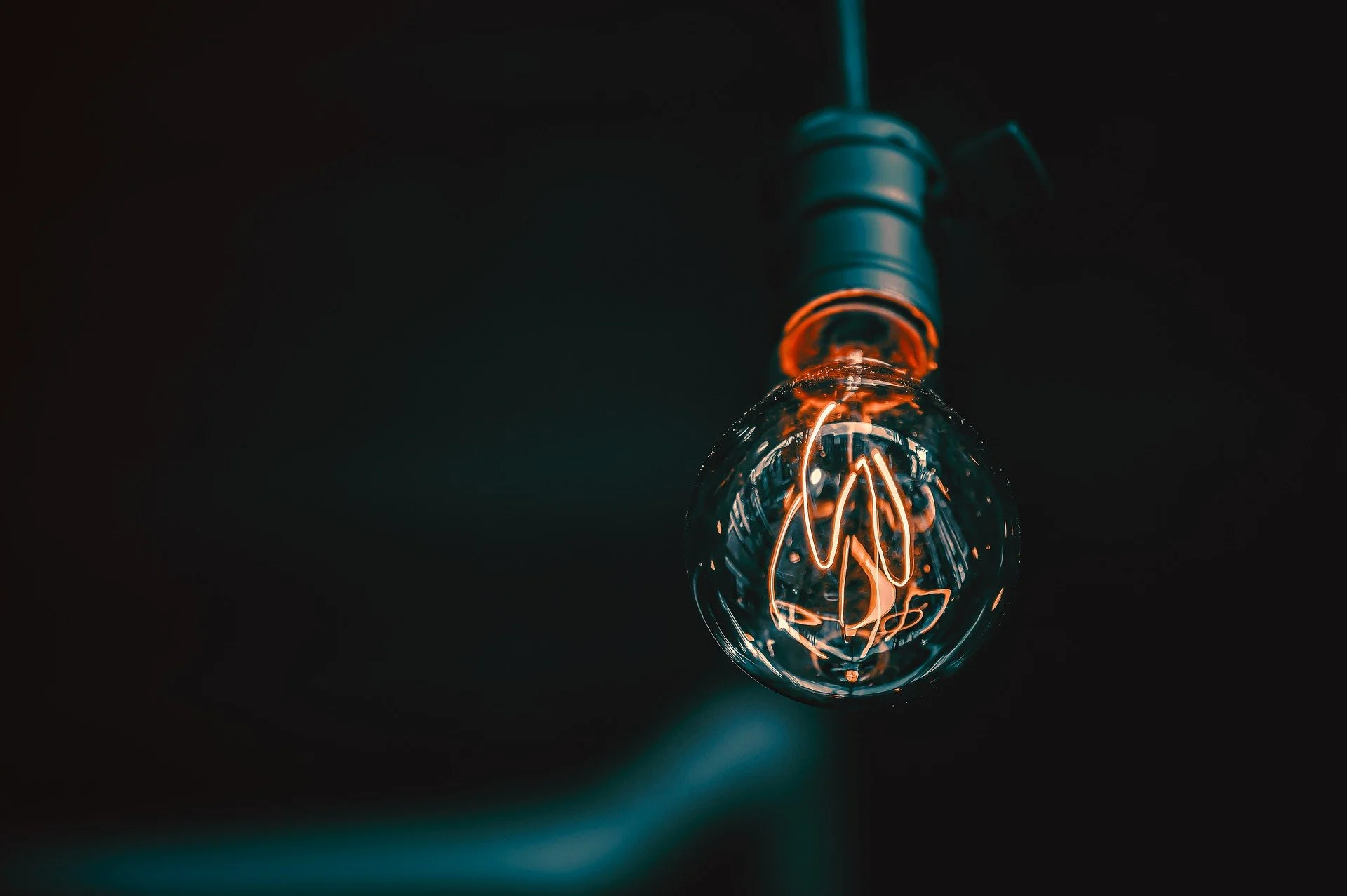In A Nutshell: SAD
Now that autumn is slowly creeping forward and evenings grow darker and longer, many of us just want to get into that cosy feeling of relaxing on the sofa with a hot drink and good book. But not everyone. For a significant portion of Finns, the lack of light causes a persistent fatigued and depressive mood called Seasonal Affective Disorder.
What is it?
Seasonal Affective Disorder, also known colloquially as Seasonal Depression or SAD, is a depressive state caused by a lack of light, usually during the winter months. It’s especially prevalent in Nordic countries with estimates as high as over 10 percent of the population being affected by the condition (of whom roughly one tenth suffers from the most severe form). In Finnish SAD is known as kaamosmasennus. Seasonal Active Disorder is most prevalent from November to late February in the Northern Hemisphere.
What are the symptoms?
SAD is characterised by fatigue, hypersomnia or excessive sleeping and social withdrawal. Many of the affected also develop a craving for sweets or carbohydrates that leads to weight gain. The summer months might also be influenced by the condition as a persistent anxiety about the coming winter nags at the back of the patient’s mind. In practice, SAD often manifests as a persistent feeling of fatigue and hopelessness, especially when going to sleep or waking up.
How is it treated?
There is no official treatment plan for SAD and people suffering from it are often grouped in with those suffering from non-seasonal depression. Recommended treatment methods include light therapy, melatonin and antidepressants. It’s also recommended that people with SAD should adjust their schedule to enjoy as much sunlight as possible, though this is understandably not an option for everyone.
If you don’t feel your symptoms are severe enough to demand professional help quite yet, or want to add to the aforementioned, here’s a few quick tips you could try. You should note that these tips are in no way comparable to getting actual professional help, and that genuine depression is very different from temporary feelings of fatigue and stress.
- Exercise: as with many conditions, both mental and physical, a regular exercise routine might come in handy at keeping you fit and active. Taking good care of your body is also taking good care of your mind.
- Relaxation: different relaxation techniques such as yoga, meditation and tai chi can help you feel calm and take stock of your own health and feelings.
- Diet: eating a balanced diet with plenty of Vitamin D and avoiding processed foods can help you feel more energetic. Also make sure to eat plenty of iron-rich foods, since low levels of haemoglobin can cause fatigue and lethargy.
- Enjoyment: remember to keep doing the things that make you happy and content! Life is still pretty awesome, even when it doesn’t feel like it.
- Awareness: stay aware of your mental health and learn to recognise symptoms of depression as opposed to just feeling down in the dumps.
If you feel you have symptoms of depression, seasonal or not, contact a professional or support organisation. It’s always the right time to ask for help when you need it Organisations like Nyyti ry, HelsinkiMissio and YTHS are here to help, and talking to someone never hurt anyone.




